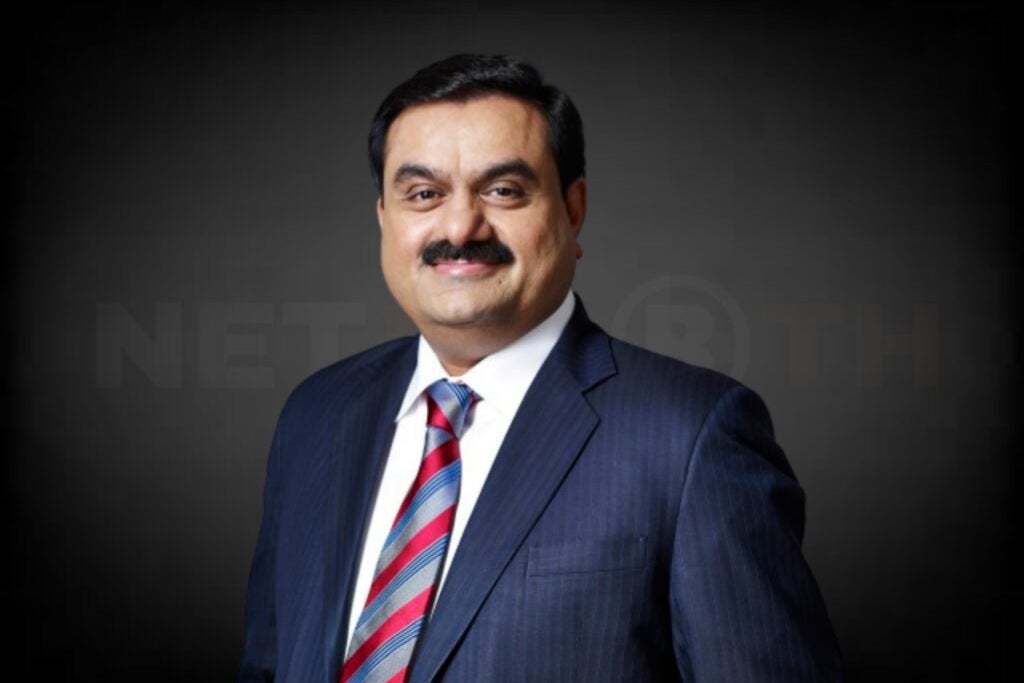After the Storm: How India’s Second Richest Man Rebounded from Hindenburg’s Scathing Report
The financial landscape is often as turbulent as the weather, and in recent months, one of its most prominent figures has faced a tempest. Following a scathing report from Hindenburg Research, which raised serious allegations concerning stock manipulation and fraud involving a leading Indian conglomerate, India’s second richest man found himself in the eye of the storm. Yet, remarkably, he has not only weathered the chaos but also emerged stronger, adding over $5.9 billion to his business empire.
The Hindenburg Report: A Catalyst for Change
The Hindenburg Research report, released in early 2023, sent shockwaves through the Indian stock market. It accused the conglomerate of various financial improprieties, including inflated revenues and stock price manipulation. The immediate aftermath was devastating; shares plummeted, and the reputation of one of India’s most influential business figures was severely tarnished.
In the days following the report, many analysts predicted a long and arduous road to recovery. However, the individual at the center of this storm demonstrated remarkable resilience. He quickly initiated a multifaceted strategy aimed at restoring faith among investors and stakeholders.
Strategies for Recovery
Understanding that perception is as critical as reality in the world of finance, he undertook several strategic measures to rebound from the crisis:
- Transparent Communication: He prioritized open communication with investors and the media, addressing concerns head-on rather than adopting a defensive posture. This transparency was vital in rebuilding trust.
- Strengthening Corporate Governance: To counter allegations of misconduct, the conglomerate enhanced its corporate governance framework, including the appointment of independent directors and the establishment of rigorous auditing processes.
- Focusing on Core Competencies: He shifted the conglomerate’s focus back to its core businesses, streamlining operations and divesting from non-essential ventures that had become distractions.
- Investing in Innovation: Despite the crisis, he continued to invest in innovation and sustainable practices, showcasing a commitment to long-term growth rather than short-term fixes.
The Role of Investor Confidence
One of the most significant challenges faced during this period was restoring investor confidence. The market reacted negatively to the Hindenburg report, with many investors pulling out their funds. However, the conglomerate’s proactive measures began to turn the tide.
Through consistent updates about financial performance and strategic initiatives, the second richest man managed to re-engage with the investor community. His efforts paid off; as the company began reporting improved financial metrics, investor sentiment started to shift positively.
Market Recovery and Financial Gains
As the dust settled, the conglomerate’s stock price began to recover. By mid-2023, it was reported that the company had added over $5.9 billion to its market capitalization. This remarkable turnaround can be attributed to several key factors:
- Strong Financial Performance: The conglomerate reported robust quarterly earnings, exceeding analyst expectations and demonstrating the strength of its underlying business.
- Sector Resilience: The sectors in which the conglomerate operates, particularly technology and renewable energy, have shown resilience in the face of economic challenges, providing a solid foundation for growth.
- Global Market Trends: As the global economy began to stabilize and recover from pandemic-related disruptions, the demand for the conglomerate’s products and services surged, further bolstering its financial position.
The Importance of Leadership During Crisis
Leadership plays a crucial role in navigating crises. In this instance, India’s second richest man exemplified the qualities of effective leadership. His approach was characterized by decisiveness, empathy, and a willingness to adapt. These traits not only inspired his team but also instilled confidence among investors and stakeholders.
Moreover, his ability to listen to feedback and implement changes quickly demonstrated a commitment to improvement and accountability. In times of adversity, such leadership can make all the difference in steering a company back on course.
Lessons Learned and Future Outlook
The events surrounding the Hindenburg report and the subsequent recovery of the conglomerate offer several valuable lessons for businesses and investors alike:
- Proactive Risk Management: Companies must have robust risk management strategies in place. Identifying potential vulnerabilities before they escalate can save businesses from severe repercussions.
- Transparency is Crucial: In an age where information spreads rapidly, maintaining transparency with stakeholders is essential for building and maintaining trust.
- Adaptability is Key: The ability to pivot and adapt to changing circumstances can significantly impact a company’s resilience during crises.
Looking ahead, India’s second richest man is poised to continue his growth trajectory. With a renewed focus on sustainable practices and innovation, the conglomerate aims to expand its influence both domestically and globally. The lessons learned from the turbulence of recent months will undoubtedly shape its future strategies.
Conclusion
In closing, the journey from the storm caused by Hindenburg’s scathing report to a resurgence of over $5.9 billion in market value is a testament to resilience in the face of adversity. It underscores the importance of strategic leadership, transparent communication, and adaptive business practices. As the financial landscape continues to evolve, the ability to rebound from crises will remain a critical factor in determining long-term success.
Ultimately, the saga of India’s second richest man serves as an inspiring example for businesses worldwide, illustrating that even in the darkest times, there is potential for renewal and growth.
See more Business Focus Insider Team

